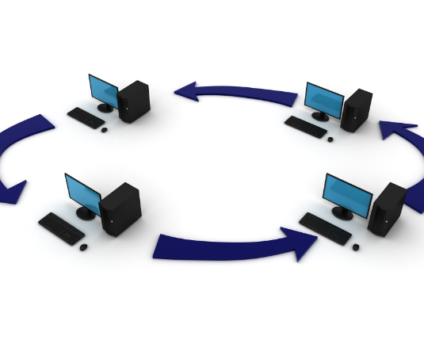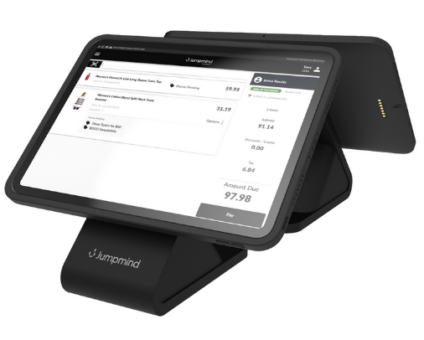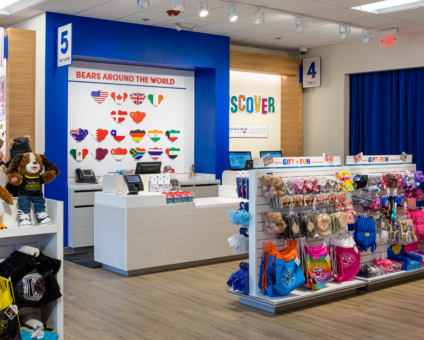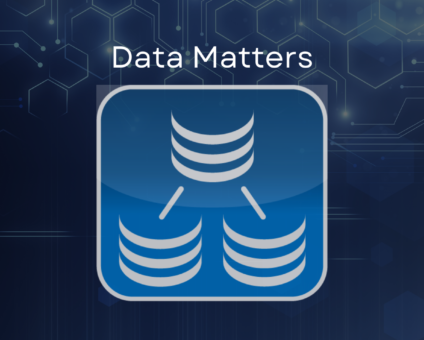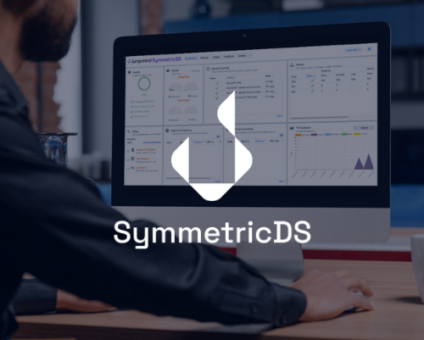Retailers are constantly looking for new ways to generate revenue and stay competitive. One strategy …
![]()
Cloud-native POS platform for seamless omnichannel customer experience.
![]()
A single hub for all promotions campaigns.
- Omnichannel ExperienceCreate seamless customer experiences
- Device IndependencePOS agnostic to form factor or operating system
- Self-CheckoutDo more with fewer associates
- Mobile StoreLeverage POS from anywhere
- POS on the GoEnable associates to sell outside of the store
- Unified PromotionsStreamline and simplify promotion workflows
- CX ConnectAllow customers to engage with POS during checkout
- Composable CommerceCreate the store experience you want
![]()
The most advanced synchronization solution for databases and file systems.
![]()
Data configuration and batch automation across different disparate systems and vendors.
-
Data Replication
- Multi-tier DistributionReplicate thousands of remote locations
- Cloud Database ReplicationCapture live changes from on-premise to the cloud
- High Availability and Load BalancingEnsure 24/7 access to data and scale efficiently with demand
- Analytics and ReportingCapture the whole picture with real-time reporting
- Multi-masterMaintain consistency of data in a peer to peer setup
- Data WarehouseReplicate live and historical data to a warehouse
- MigrationsConduct live data migration with no downtime
-
-
Data Integration
- Master Data ManagementChanges propagate across the entire system, allowing you to maintain a centralized view of all parts of your core business entities.
- Application IntegrationReduce dependencies, complexity, and risk to build a high-performance, data-driven application.
- Web ServicesIntegrate multiple systems using web services or build a business application using a service-oriented architecture.
- Data WarehouseIntegrate disparate data from multiple systems so you can transform data for better business intelligence and reporting.
- Data MigrationConduct live data migration during critical server replacements, storage upgrades, and data center relocations—with no downtime.
- ImplementationIntegration consultants help design, develop, and deploy an implementation of our products.
- DevelopmentThe product developers can add features, enhance existing functionality or build support for new platforms.
- TrainingEngage our experienced training resources to gain in-house knowledge and expertise on Jumpmind products.
- SupportLeverage product engineers to resolve issues, fix defects and provide updates or patches.
- Proof of ConceptDetermine the feasibility of implementing our products and get answers to your questions quickly.
Clienteling isn’t a new theory. It can be traced back hundreds of years when shopkeepers …
BOPIS, BORIS, and Curbside Pickup offer consumers and retailers the best of both worlds. …
View all Blog Posts
The SymmetricDS product can synchronize data between over forty different database platforms with out of …
Compare and Repair for SymmetricDS Pro can compare two databases, report on the differences, and …
Mobile replication with Android edge devices in near real time to an on-premise or cloud …
View all Blog Posts
Jumpmind President and CEO Joe Corbin to Lead Panel on Agility at Scale and Digitalizing …
Retail Technology Leader Jumpmind Brings Newfound Interactive and Personalized Digital Engagement to Inspire Shoppers at …
Retail Technology Leader Jumpmind Provides Enhanced Experiential Point of Sale and In-Store Engagement for Build-A-Bear Workshop …
View all Blog Posts
![]()
Cloud-native POS platform for seamless omnichannel customer experience.
![]()
A single hub for all promotions campaigns.
![]()
The most advanced synchronization solution for databases and file systems.
![]()
Data configuration and batch automation across different disparate systems and vendors.
-
Data Replication
-
-
Data Integration
-
Retail Retail trends, technology, and enhancing the customer experience
-
Data Thoughts on data matters, dialects, performance, and security
-
Case Studies How Jumpmind impacts the businesses of our clients
-
Videos & Webinars Watch on demand demos, reviews, and tours of our products
-
Company News Get the scoop on Jumpmind's growth and impact
View all Blog Posts
SingleStore Database Replication with SymmetricDS
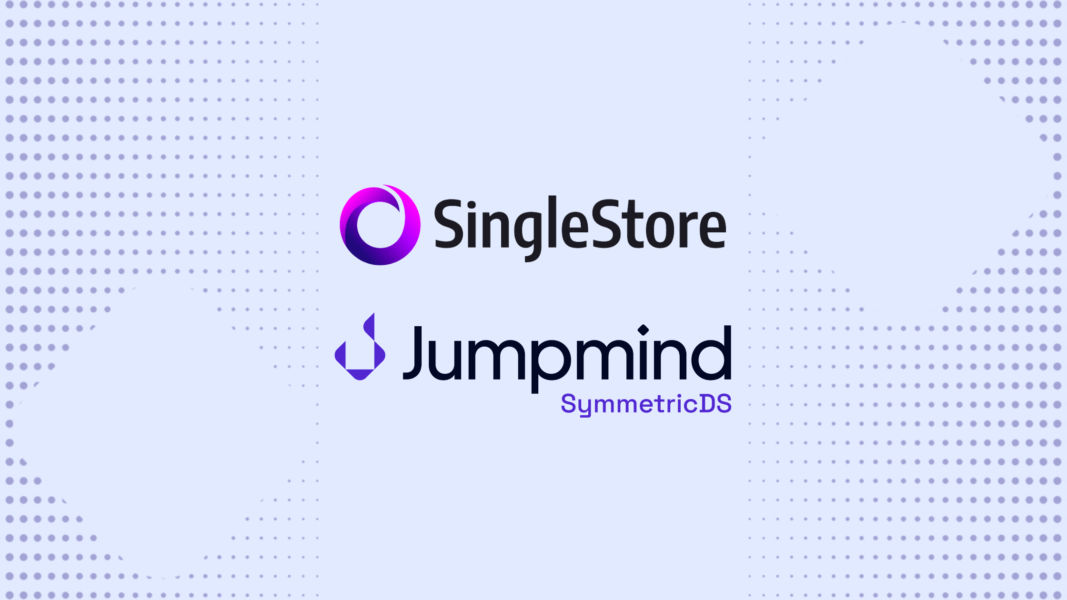
SingleStoreDB is an up-and-coming database for real-time analytics that can now be replicated with the variety of other databases that SymmetricDS supports.
Just like the other databases replicated with the SymmetricDS the SingleStore database is not any different with full support for loading data, capturing changes, live transformations, and initial loads. This blog will walk through the basics of configuring this replication use case.
Prerequisites
– SymmetricDS is installed and running.
– SingleStore is installed and running.
– If you intend to capture changes on SingleStore for replication you will need a different user setup than the user id provided to applications and users making the changes (ex. SymmetricDS as a user).
– The following variables will need to be set in SingleStore again if you plan to capture changes on SingleStore for replication.
sdb-admin update-config --key auditlog_level --value ALL-QUERIES-PLAINTEXT --all
sdb-admin update-config --key auditlog_disk_sync --value ON --all
sdb-admin update-config --key auditlog_retention_period --value 7 --allSymmetricDS Configuration
Connecting to a SingleStore database and setting it up as a SymmetricDS node is similar to all the other databases supported. Select SingleStore from the database dropdown and provide the credentials and URL needed to make a JDBC connection to your SingleStore database.
After making a successful connection to your SingleStore database the next step will be to identify where the audit logs are located. These will be used by SymmetricDS to capture changes on the SingleStore database to replicated to a target system.
The final check is to verify the variables are set up properly for replication. If the permission check fails be sure to verify all the variables in the prerequisites section have been properly set up.
Once you have completed the setup wizard your SingleStore node is ready for change capture. You will be able to see it on the design table as a log-based node and can continue with loading data as needed to or from SingleStore.
Josh Hicks
Josh has worked in the IT industry for over 20 years as a developer, tech lead, and sales engineer. He has worked across a variety of businesses including retail, telecommunications, education, and healthcare. When he is not developing he enjoys whatever sporting event might be taking place.



